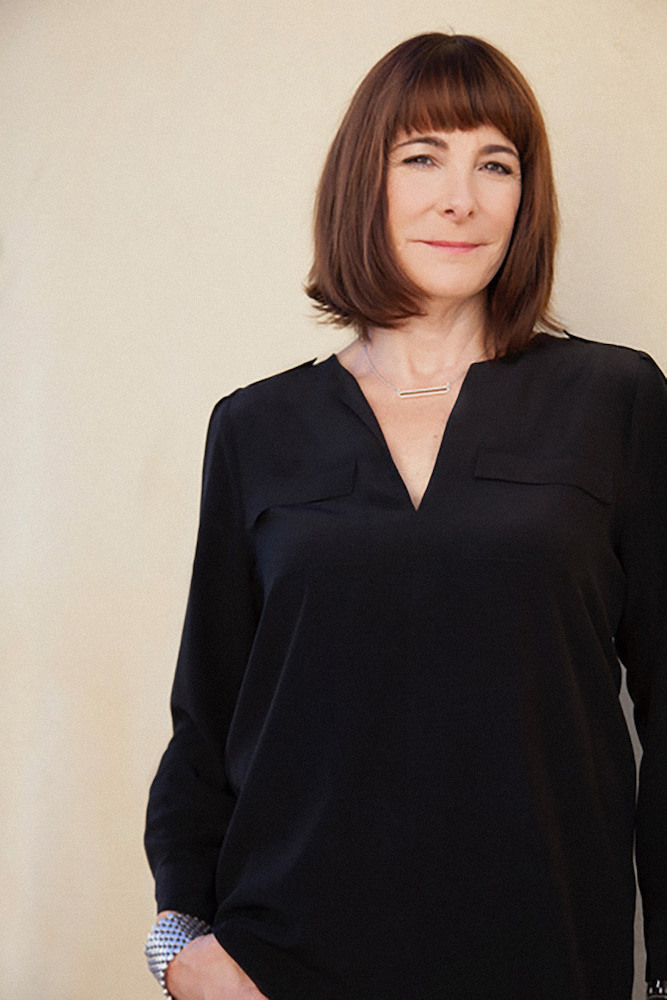This is part two of an interview with art advisor Wendy Posner, CEO of Posner Fine Arts, an international art advisory based in Los Angeles. Part one appeared in our March/April issue in which we discussed how the role of art advisor is facing the challenges of mega-galleries that have recently added in-house advisory services. In this part, we talk about online sites, such as Artsy, and the auction houses that have now expanded into the art advisory space.
Stephen Goldberg: I understand that you deal with Artsy and other online marketplaces, including Artnet. It turns out they have advisory divisions as well.
Wendy Posner: Yes, they now have advisory services and can locate works for the collectors. With Artsy in particular, we are a subscriber to their marketplace. We have our fine-art business practice on there with artworks for sale. But, we’re also in competition with them. Because if they are looking for an artwork for a collector—let’s say they’re looking for an Ellsworth Kelly—they can go into their backend database, and they have all the information from every gallery that’s on their marketplace of who has a Kelly or has listed him in the past, and they can utilize that data to acquire works on behalf of those collectors. So, there is an unfair advantage because they have relationships with the galleries that are subscribers on their marketplace.
Does it make sense to even deal with them?
For us, we have no choice because as a collector that’s the first stop. People go to Artsy or Artnet if they’re looking for transparency and pricing; they’re also looking for validation of who you are as a business. And if you’re not on there, then you don’t exist. It’s not even just about sales—it’s a marketing tool.
Are you putting works on Artsy?
Yes. We have sold quite a few works on Artsy but, as a small business, with the amount of money that it costs, we can’t afford the higher subscription plans that the mega-galleries can pay. They purchase banner ads and placement on the front page for collections that they may be featuring, because they are considered a VIP client. And the monthly price for us to be on Artsy went up considerably. Going to a website or Instagram page is not enough.
There is also the problem of the big auction houses having in-house advisors.
That’s a huge problem. Also a conflict of interest because the auction houses know the material that’s available, and they’re able to direct it to their clients in advance of putting it out potentially for auction. But they also know where artworks have sold. If they have a collector who is looking for specific artists or artworks, they can go back into their auction records to see who purchased that work previously and if they’d be
interested in reselling it in the secondary market.
In some ways, the big houses are interfering with their own auctions by diverting works to secondary market sales.
I think it’s a conflict of interest. I will reach out to three or four auction houses to get estimates. But their terms for the auctions are different. If I introduce a collection to an auction house, the house may pay me an introductory commission, a fee based upon the sales. I’m very transparent with my collectors that I’m not going to take that introductory commission if I’m charging a percentage to my collector for the sale of the work. Then there’s the opportunity for auction houses as well as the mega-galleries to start manipulating the marketplace for certain artists and artworks. Because they can determine what the current fair market value is. You have to be knowledgeable in following the auction records and be able to access that information which is available at a premium price.
So how do you get around that?
That’s a hard one. You’ve got to do your research. For us, we have to pay it back into a subscription basis to be able to access the auction information and historical data, backtracking anywhere from 10 years plus, to be able to establish a foundation.
So that’s a service that they offer?
You can obtain some basic information for free, but a lot is subscription-based. They know that data is valuable and that they can charge for it.
It seems to me that if you go to any of the big three houses with a desirable painting, they could just decide to do a secondary market sale, right?
They have an advisory arm, and they have collectors who are looking for specific artworks. They may offer to try to sell it for you in the secondary market at a certain price point versus putting it on auction. Either way, the auction house is going to make money. And if they’re going to put a piece up for auction, they can charge you a seller’s fee, a cataloging fee and a fee for photography, plus they’re going to make the buyer’s premium. So, they’re skinning the cat on two sides. As an advisor, if you’re putting a work up for auction, you have to negotiate all those terms in advance every single time you talk to the auction house


